Philip Haeusser
Associative Domain Adaptation
Aug 02, 2017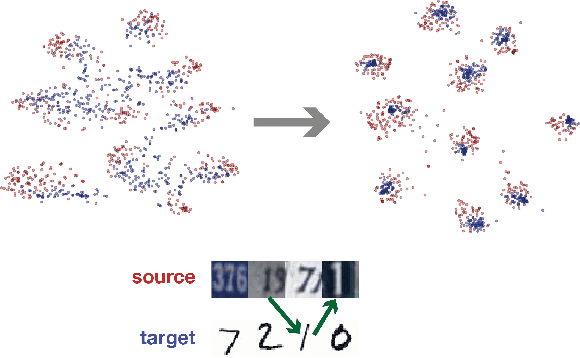
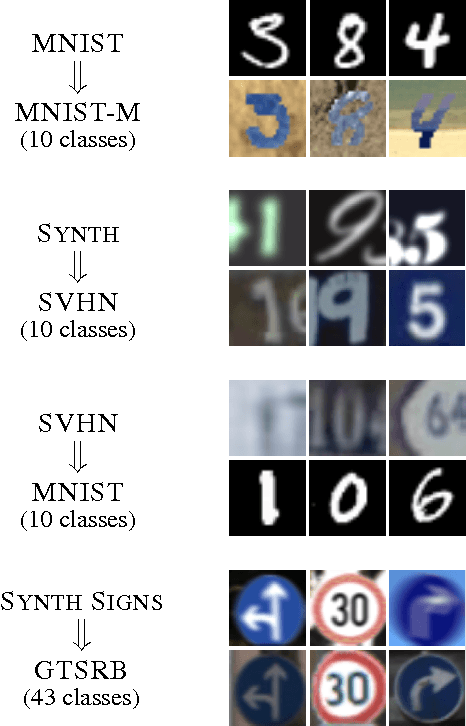

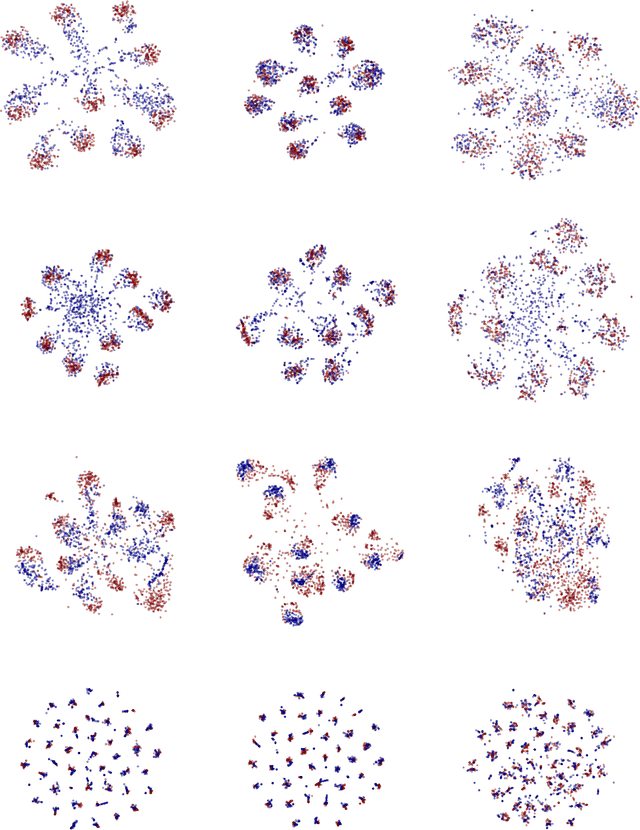
Abstract:We propose associative domain adaptation, a novel technique for end-to-end domain adaptation with neural networks, the task of inferring class labels for an unlabeled target domain based on the statistical properties of a labeled source domain. Our training scheme follows the paradigm that in order to effectively derive class labels for the target domain, a network should produce statistically domain invariant embeddings, while minimizing the classification error on the labeled source domain. We accomplish this by reinforcing associations between source and target data directly in embedding space. Our method can easily be added to any existing classification network with no structural and almost no computational overhead. We demonstrate the effectiveness of our approach on various benchmarks and achieve state-of-the-art results across the board with a generic convolutional neural network architecture not specifically tuned to the respective tasks. Finally, we show that the proposed association loss produces embeddings that are more effective for domain adaptation compared to methods employing maximum mean discrepancy as a similarity measure in embedding space.
Better Text Understanding Through Image-To-Text Transfer
May 26, 2017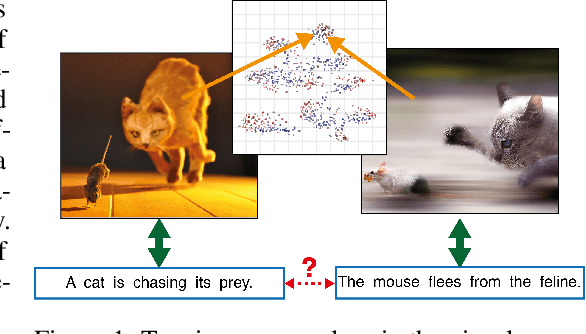


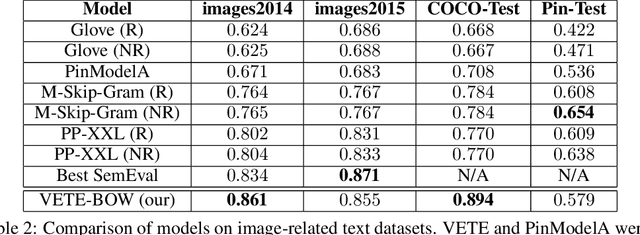
Abstract:Generic text embeddings are successfully used in a variety of tasks. However, they are often learnt by capturing the co-occurrence structure from pure text corpora, resulting in limitations of their ability to generalize. In this paper, we explore models that incorporate visual information into the text representation. Based on comprehensive ablation studies, we propose a conceptually simple, yet well performing architecture. It outperforms previous multimodal approaches on a set of well established benchmarks. We also improve the state-of-the-art results for image-related text datasets, using orders of magnitude less data.
 Add to Chrome
Add to Chrome Add to Firefox
Add to Firefox Add to Edge
Add to Edge